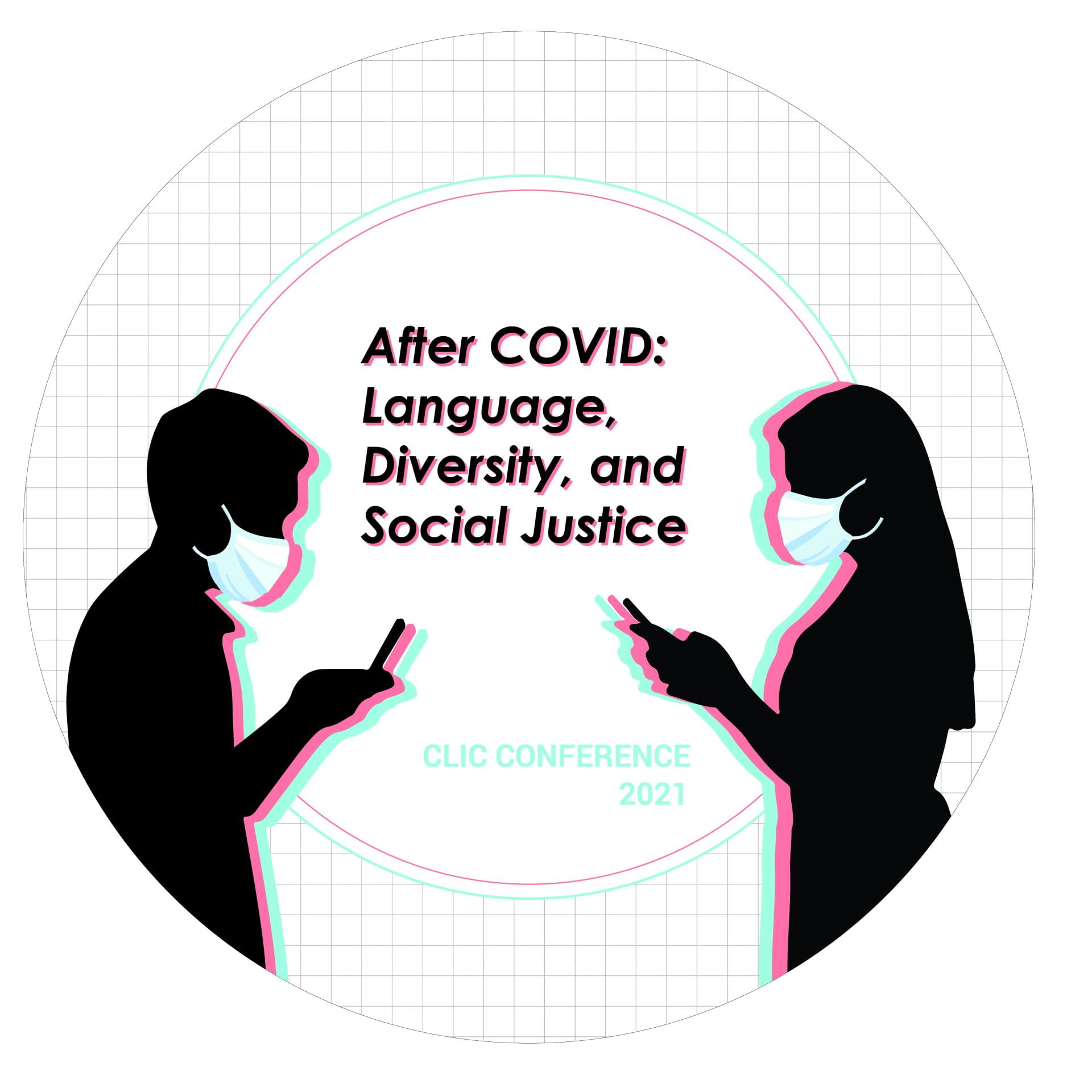Always on Call: Communicating Multilingual Public Health Information through Social Media in Australia
Emily E. Davis, University of Groningen, The Netherlands,
Danielle H. Heinrichs, University of Queensland, Australia, &
Michael M. Kretzer, Ruhr Universität Bochum, Germany & Rhodes University, South Africa
Approximately one-fifth of the Australian population is classified as culturally and linguistically diverse (CALD), and while most speak English, a large portion do not speak English well (Australian Bureau of Statistics [ABS], 2018, 2020). This is particularly problematic during health crises, such as the COVID-19 pandemic, when communication is vital yet often exceeds recommended reading levels for communicating medical information (Mishra & Dexter, 2020). While increased risks for diverse populations are known, there has been limited tailored communication from the government to cater to Aboriginal and migrant communities (Finlay & Wenitong, 2020). These approaches may marginalize such communities, whose disease rates were higher in previous crises (Canuto et al., 2019; Flint et al., 2009; McLeod et al., 2020). However, Australia’s national policy does not address how such services should be undertaken in crisis scenarios, and it has not been updated since the 1980s (Lo Bianco, 1987). Separate state and territory-based language policies have been developed to guide multilingual crisis communication at the meso-level with unknown effectiveness.
The rapidly developing pace of the COVID-19 pandemic has required international, national, and local levels of government to mount a multilingual emergency response. In Australia, there are disparities regarding what information is translated into which languages, in what formats, and where this information can be accessed, which may replicate linguistic hierarchies (Piller et al., 2020). How this occurs varies according to the language policy of individual states and territories, and how those policies are interpreted and enacted by their corresponding public health departments. Each state or territory has an Aboriginal Community Controlled Health Organization (ACCHOs) who produce culturally responsive materials in Aboriginal languages. Contrastingly, only New South Wales has a dedicated multicultural health communication department to service the broader CALD community. However, the scope and nature of the communication stemming from official government sources for multilingual audiences in Australia remains largely unexamined.
Our research examines how New South Wales has tackled this problem. Here, we focus on how social media is utilized by the state to provide multilingual public health information about COVID-19. We take a semiotic approach to the study of the texts, images, and videos posted on social media. We use Spolsky’s (2019) language policy framework to explore language ideologies by examining the New South Wales Multicultural Health Communication’s posts on its Facebook page. Using multimodal critical discourse analysis in line with Machin’s (2013) approach, we highlight language attitudes and representations of speakers to understand the intersection of social media communication and language policy. A corpus was compiled of multimodal and multilingual posts (n= 424) related to COVID-19 disseminated from January-August 2020, during the height of the pandemic in Australia. As a result, we found that the Facebook page included examples of practices supporting inclusive language attitudes and culturally-responsive approaches for representing speakers favoring a socially-just language ideology. This advances the field by counteracting the deficit approach to linguistic analysis and language policy studies through a focus on best practice which should inform both state and national language policy in the future.
References
Australian Bureau of Statistics [ABS]. (2018). Cultural Diversity in Australia. Retrieved 9 September from https://www.abs.gov.au/ausstats/abs@.nsf/Lookup/by%20Subject/2071.0~2016~Main%20Features~Cultural%20Diversity%20Data%20Summary~30
Australian Bureau of Statistics [ABS]. (2020). Census 2016, Proficiency in Spoken English/Language by Age by Sex (SA2+) http://stat.data.abs.gov.au/Index.aspx?DataSetCode=ABS_C16_T08_SA
Canuto, K., Harfield, S., Wittert, G., & Brown, A. (2019). Listen, understand, collaborate: developing innovative strategies to improve health service utilisation by Aboriginal and Torres Strait Islander men. Australian and New Zealand Journal of Public Health, 43(4), 307-309. https://doi.org/10.1111/1753-6405.12922
Finlay, S., & Wenitong, M. (2020). Aboriginal Community Controlled Health Organisations are taking a leading role in COVID-19 health communication. Australian and New Zealand Journal of Public Health, 44(4), 251-252. https://doi.org/https://doi.org/10.1111/1753-6405.13010
Hlavac, J., Gentile, A., Orlando, M., Zucchi, E., & Pappas, A. (2018). Translation as a sub-set of public and social policy and a consequence of multiculturalism: the provision of translation and interpreting services in Australia. International Journal of the Sociology of Language, 2018(251), 55. https://doi.org/10.1515/ijsl-2018-0004
Lo Bianco, J. (1987). National policy on languages. Australian Government Publishing Service Canberra.
Machin, D. (2013). What is multimodal critical discourse studies? Critical Discourse Studies, 10(4), 347-355. https://doi.org/10.1080/17405904.2013.813770
McLeod, M., Gurney, J., Harris, R., Cormack, D., & King, P. (2020). COVID-19: we must not forget about Indigenous health and equity. Australian and New Zealand Journal of Public Health, 44(4), 253-256. https://doi.org/https://doi.org/10.1111/1753-6405.13015
Mishra, V., & Dexter, J. P. (2020). Comparison of readability of official public health information about COVID-19 on websites of international agencies and the governments of 15 countries. JAMA network open, 3(8), e2018033-e2018033. https://doi.org/10.1001/jamanetworkopen.2020.18033
Ozolins, U. (2001). Inventiveness and Regression: Interpreting/Translating and the Vicissitudes of
Australian Language Policy. In J. Lo Bianco and R. Wickert (Eds.) Australian Policy Activism in
Language and Literacy (pp. 255-277). Language Australia.
Piller, I., Zhang, J., & Li, J. (2020). Linguistic diversity in a time of crisis: Language challenges of the COVID-19 pandemic. Multilingua, 39(5), 503-515. https://doi.org/doi:10.1515/multi-2020-0136
Spolsky, B. (2019). A modified and enriched theory of language policy (and management). Language Policy, 18(3), 323-338. https://doi.org/10.1007/s10993-018-9489-z

